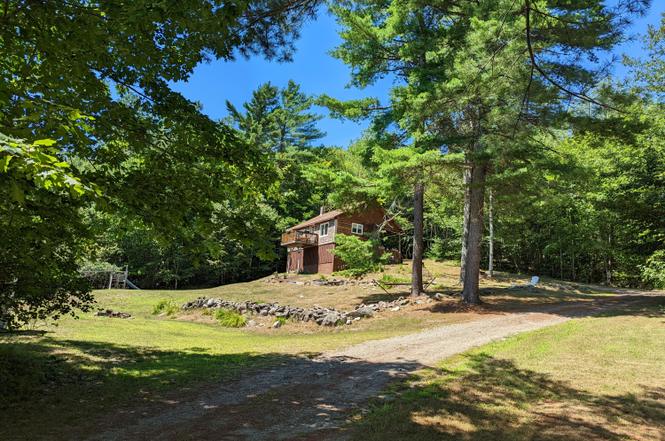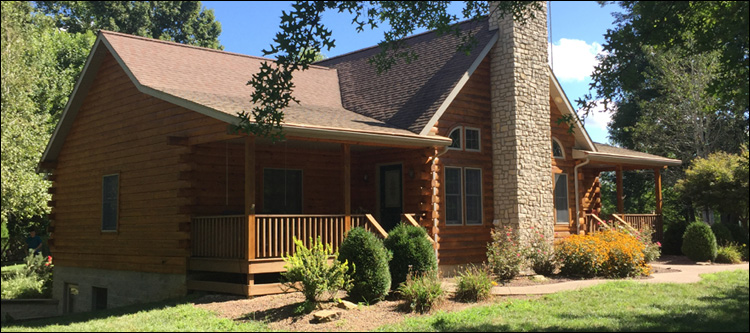

Don’t staple it at the top because when the logs shrink, it’ll crack your chink. I start with a larger strip than I need, staple the bottom in place, then cut off the excess – leaving about 1/2″ – 1″ bigger than I think, then push it into the gap. For the larger gaps (6″+), go back and put the stucco lath in there, and use the nails to help brace the lath.Use the pry bar or hammer to bend them at least vertical, or leaning in. The electrical will run in the gap behind the inside insulation. Ideally, you’ll insulate the outside of the log, have a little gap in between, and then later (after running electrical) insulate the inside.

Not fun when a big slop of chink falls through the gap in your logs and onto the ground or floor. Chink is heavy – if the insulation isn’t in there tight, the chink can push it out. You want it tighter than you think, but not impossibly tight- that’ll make the insulation not work as well. If your gaps are all the same, yay for you! Cut your insulation into strips and shove it in. Cut the insulation into strips that are sized according to your gap.Prepping for chinking Insulation and a nail are barely visible, and then the chink starts. Keep it closed when not in use – humidity will make it hard. Buy one bag at a time when you’re ready to use it – you don’t want 5 bags sitting there for 6 months – they’ll get hard before you can use them. I guess nobody mixes their own cement anymore… Hydrated Lime or Garden lime – look in the outdoor plant area at the big box store.Those little $5 bags of playground sand will cost a lot more than just buying a trailer full at a cement factory. “Masonry sand” or clean sand – just be consistent.5 gallon buckets to carry the chink around, ladders, etc.Cement mixer – probably this one, but the red one will do as well:.Trowels, spoons, cake icing spatula (yes, really), mortar board.Short pry bar – also for bending nails – sometimes easier than the hammer – just use the end and push the nails upright.Slip a short piece of rubber hose or pvc pipe (it’ll eventually shatter, but it’s what I had laying around, so….) over the end of the foot of the gun – about 2″ of hose, then hose clamp it – make sure the foot still moves up and down – this will shoot the nails into the log part way.

You can get the exact same stuff from Home Depot (minus the “R-15” tag).

I’ll describe how to use stucco lath in these places. Nails just don’t cut it to hold the chink in place in those areas. For instance, some of my gaps are 6″ or more (see no. 2 in mind, there are some “mudflap flairs” I’ve come up with, based on helpful hints from LHBA folks. Saving $14,000 using traditional chink over the synthetic stuff isn’t a bad sales pitch either. But I have it on authority from many LHBA log home owners that natural chinking using the “Skip recipe” has lasted decades, with no degradation in the finished product. Since it’s made out of natural and cheap materials, nobody trying to sell you something will promote it, or worse – they’ll say it doesn’t work as well. And it’s much cheaper, and better at protecting logs from rot due to moisture retention. It handles a lot differently than that synthetic stuff. It’s probably near the extreme end of what you might experience for your build. I’ve had to invent some things as I go, and it’s very specific to my situation. I have big gaps, little gaps, upside down gaps, knots, grooves, overhangs and underhangs. It also means no “one method of chinking” works. The result is beautiful and natural in my opinion.


 0 kommentar(er)
0 kommentar(er)
